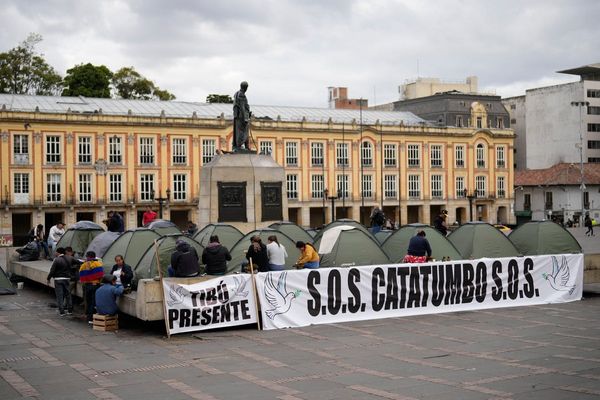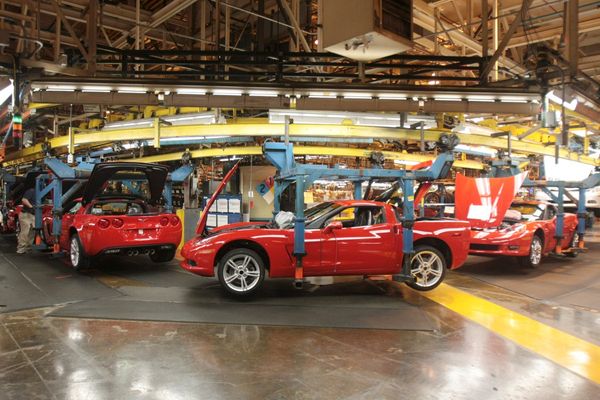A neat spread of marine fish without ice may not be a rare sight at the markets in hilly areas and rural interiors. But that means the quintessential red flag for any fisher as it is highly improbable to preserve the catch for the long hours needed to transport it from the coast. “If you spot fish without ice in places like Idukki or Wayanad, it simply means the catch is sprayed with formalin. Fish can stay fresh only for three to four hours and it takes longer for the stock to reach parts of districts that lack a coastline,” says Antony, fisher.
For newer chemicals
While the Food Safety department has seized huge volumes of contaminated fish as part of ‘Operation Matsya’, the inflow of stale stock continues forcing the officials to look for the presence of chemicals other than formaldehyde and ammonia. “Formalin is frequently added to harden fish and sell it as fresh catch. The rapid detection kits used by the department can identify the presence of only a couple of chemicals including ammonia, formalin and sodium benzoate. In order to verify if the vendors have switched to any new chemical we are sending around 20 samples to the Central Institute of Fisheries Technology (CIFT) in Ernakulam,” said an official.
From other States
According to fishers, the catch gets adulterated with hazardous chemicals somewhere in the marketing chain. “Fish wholesalers use it to extend shelf life and ensure zero spoilage during transport. Kerala requires 8 lakh tonnes of fish a year and the maximum domestic catch comes only around 5 lakh tonnes. Kerala is an important market for many fishing States and the consignments from these States reach Kerala after three to five days. The inflow of stale fish will be much higher during the trawling ban period,” says Peter Mathias, president, All Kerala Fishing Boat Operators Association.
1 kg ice for 1 kg fish
He adds that a considerable percentage of the consumers unknowingly opt for chemical-laced fish as it’s cheaper. “While pearl spot from Kerala backwaters costs around ₹900 per kg, farmed variety from Andhra Pradesh is available for ₹350. We need one kilogram of ice to preserve one kilogram of fish and very few people maintain that ratio. Add to it the hot weather and lack of proper storage facilities and the chance for spoilage is very high,” he says.
Poor enforcement
Preserving fish with ice requires re-icing the crates in every 24 hours, which means extra money and effort. Most wholesalers try to avoid it, especially if they are transporting large quantities. While they buy in bulk and stock huge quantities, they hardly follow the norms while transporting it. “Fish kept for export also reaches the retail market at times. Enforcement measures that include random inspections on check-posts are often not adequate to prevent the inflow. Though we fine the owners, file cases and destroy the stock, there is no provision to blacklist repeat offenders. They will keep sending the consignments,” says the official.







